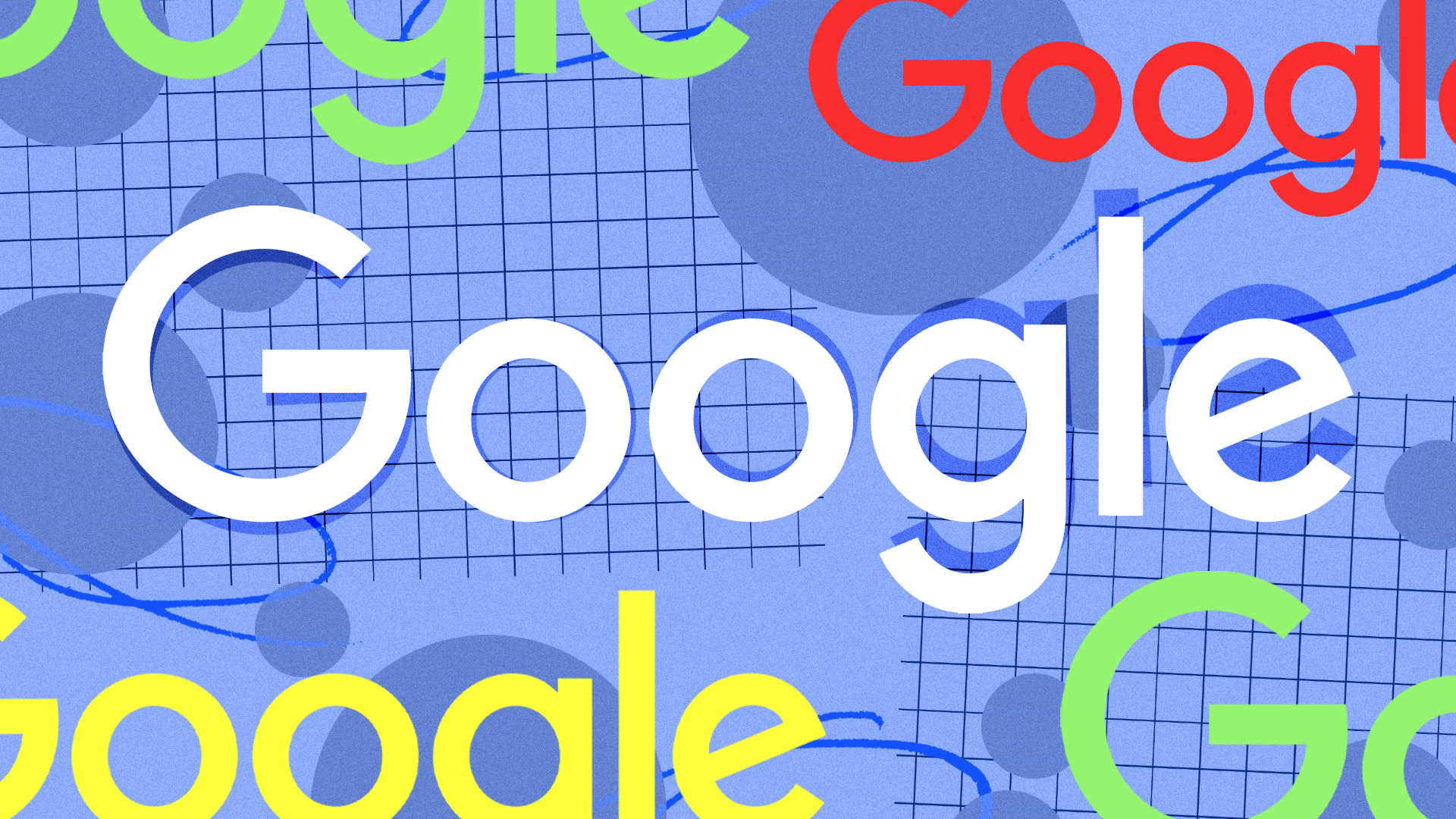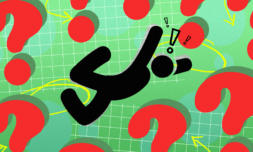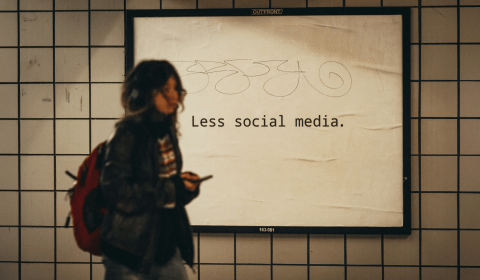In an attempt to keep up with the competition, Google has announced PaLM 2, a ‘next-generation language model’ that will be available for many of its upcoming products. It will be in direct competition with services like Midjourney and DALL-E.
Google is attempting to throw itself back to the forefront of AI tools and services.
Despite years of AI research and in-house work, the company has been unable to create popular or meaningful products that resonate with consumers. Two of its largest competitors, DALL-E and Midjourney, have enjoyed significantly bigger market share since their launch a few years ago.
At its annual I/O conference, Google announced PaLM 2, a ‘next-generation language model’ that will be built into 25 new products and features. It says that this new AI will ‘outperform’ other leading systems on similar tasks.
PaLM 2 will be incorporated into different services across Google’s product line-up. For example, it will be implemented into chatbots resembling other services like Snapchat’s AI model and ChatGPT. It will be able to translate languages, write computer code, and respond to images and prompts.
Slav Petrov, co-leader of the PaLM 2 project, spoke to the Guardian about the work behind the project.
‘The neural network revolution that we are now experiencing started about 10 years ago. We’re really excited to make these models available broadly externally, because we want to see what people can do with them.’


















